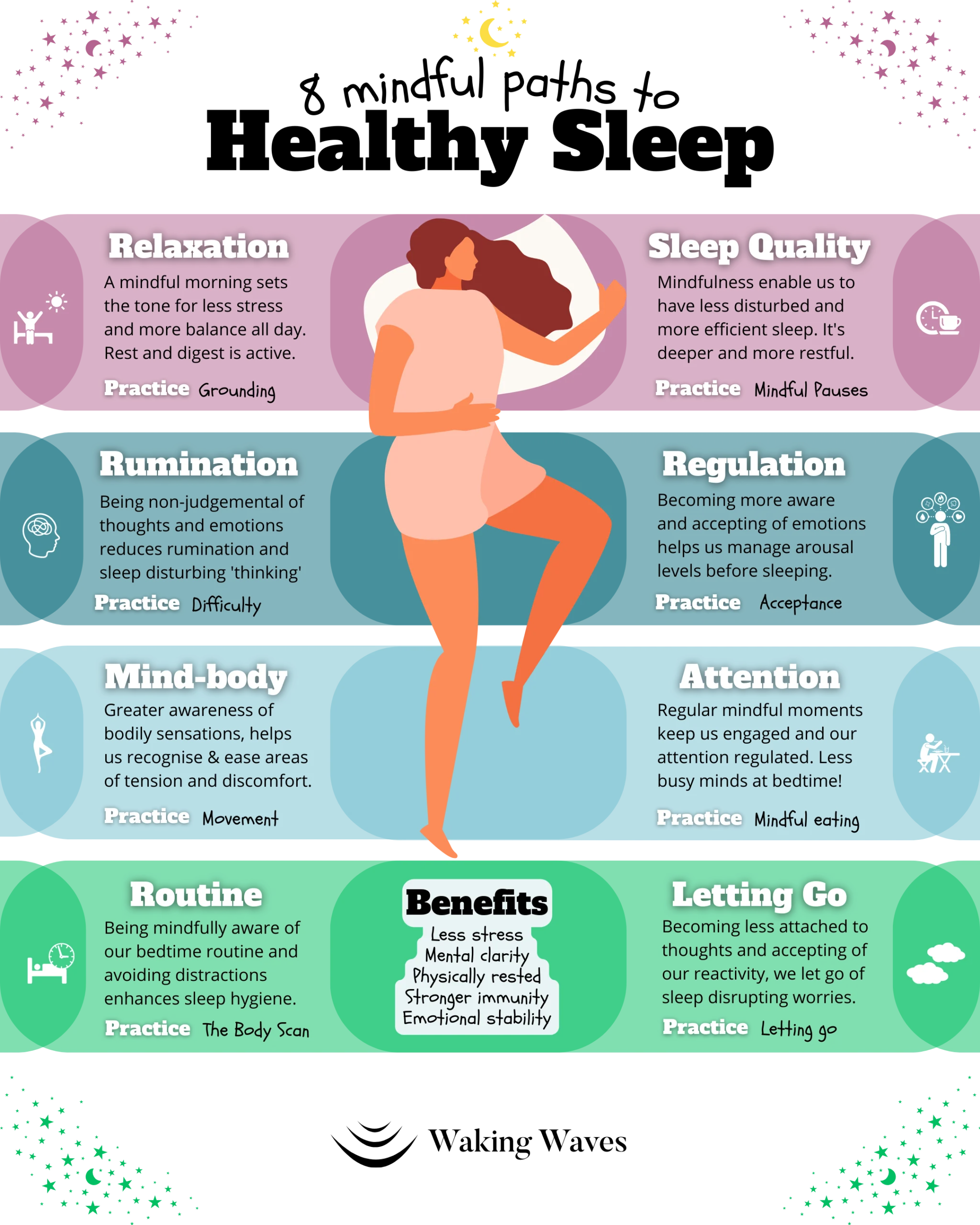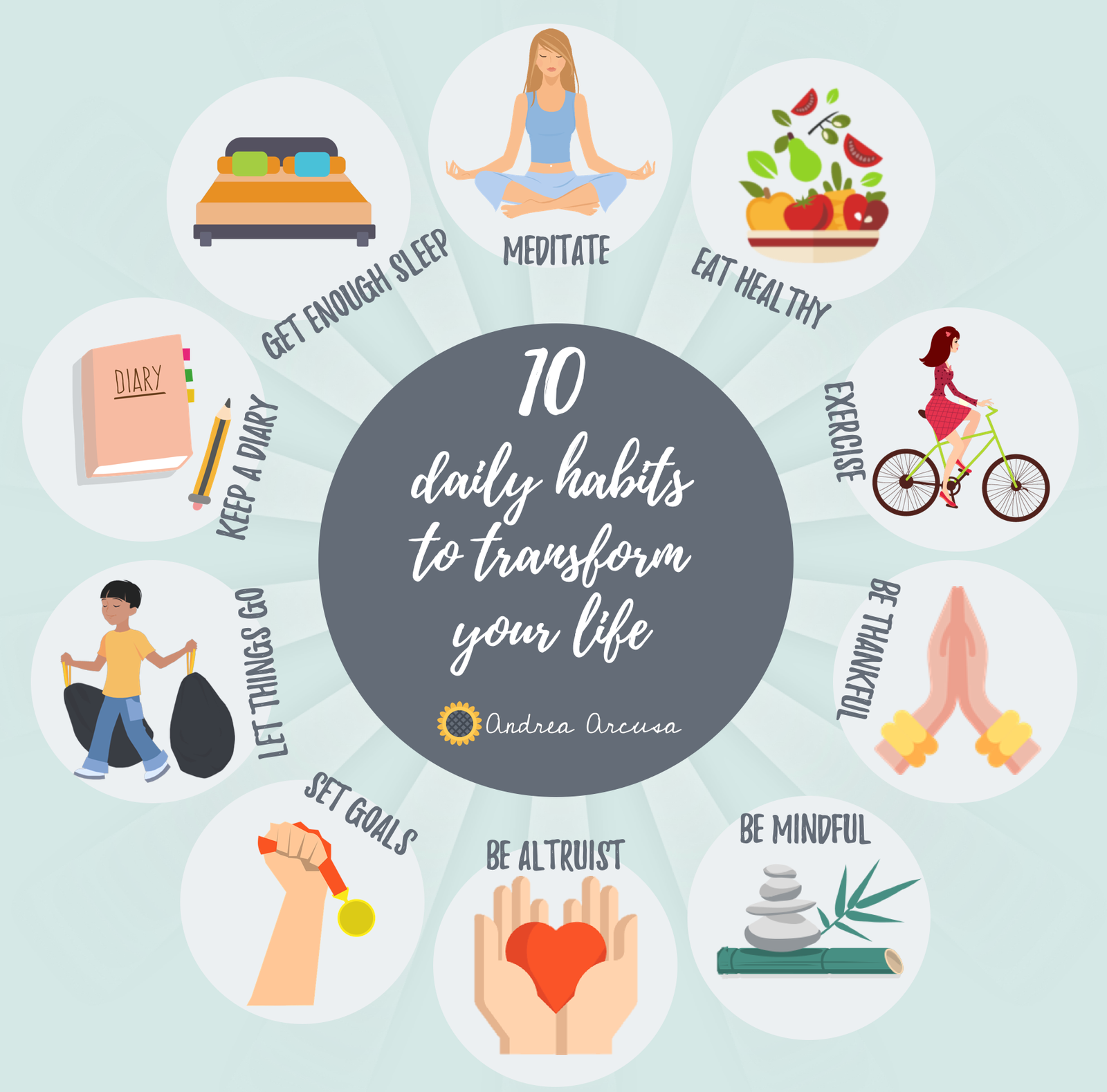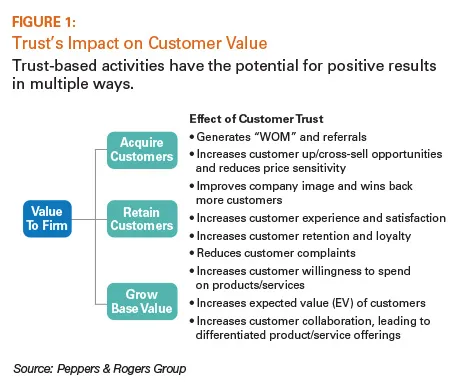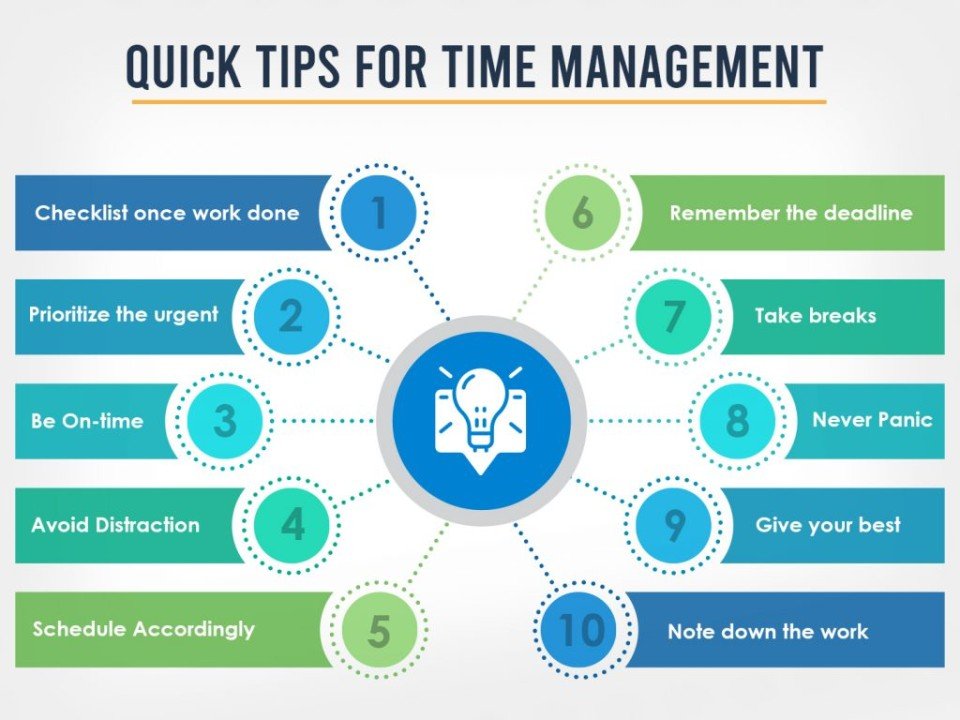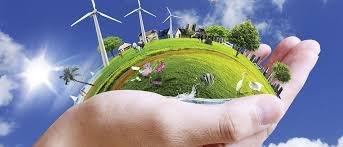The Lifelong Benefits of Reading: Why It Remains Essential in the Digital Age
Even in a world dominated by technology, social media, and fast content, reading remains one of the most powerful tools for personal growth. Whether through books, articles, or educational materials, reading provides lifelong benefits that help people develop mentally, emotionally, and professionally.

One of the most important benefits of reading is cognitive development. Regular reading strengthens the brain, improving focus, memory, and analytical thinking. Studies show that reading activates complex neural networks, helping individuals understand concepts better and think more critically.
Reading also builds vocabulary. Encountering new words in different contexts enhances communication skills, which are essential in both personal and professional settings. People who read regularly often express themselves more clearly and confidently.
Another key benefit is emotional intelligence. Literature exposes readers to different perspectives, cultures, and emotional experiences. This helps develop empathy and understanding—skills that are highly valuable in social interactions and leadership roles.
In the digital era, reading also improves concentration. With constant notifications and fast entertainment, many people struggle with reduced attention spans. Reading trains the mind to focus for longer periods, making it a valuable exercise in mental discipline.
Additionally, reading reduces stress. A short reading session can significantly lower anxiety, calm the mind, and improve sleep quality. It provides an escape from daily pressures while stimulating imagination and creativity.
Even in professional life, reading remains essential. Many successful leaders credit continuous reading for expanding their knowledge, improving decision-making, and keeping them updated with industry trends.
No matter how technology evolves, reading will always be a timeless habit with long-lasting benefits. It remains an evergreen skill that enriches life and supports lifelong learning.

